The recent unveiling of the Nintendo Switch 2 has left many eager to understand the full scope of its capabilities. While Nintendo has showcased new features like revamped Joy-Cons, an enhanced kickstand, and a larger form factor, the technical specifics of the console's power remain under wraps. However, a brief look at Mario Kart 9 during the reveal has sparked discussions about the potential prowess of the Switch 2.
In a detailed YouTube video (via GamesRadar), indie developer Jerrel Dulay from Sungrand Studios, known for his work on the Wii U and 3DS, suggests that the Switch 2 is poised to be significantly more powerful than its predecessor. Dulay's analysis centers on the new Mario Kart footage, where he points out the use of "physically-based shaders" on cars and textures, a feature that demands substantial processing power.
Mario Kart 9 - First Look
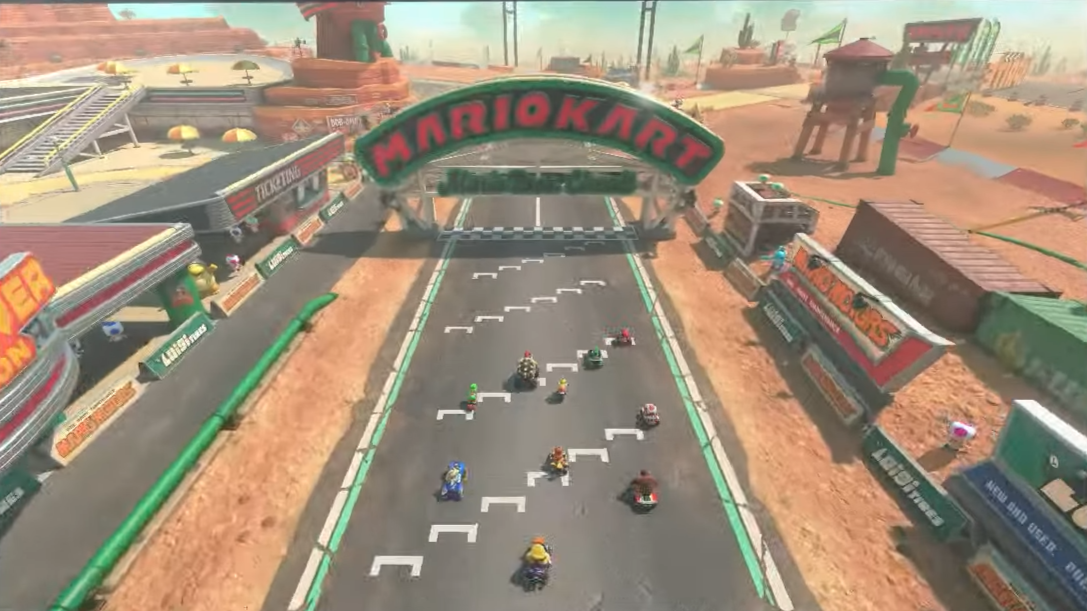
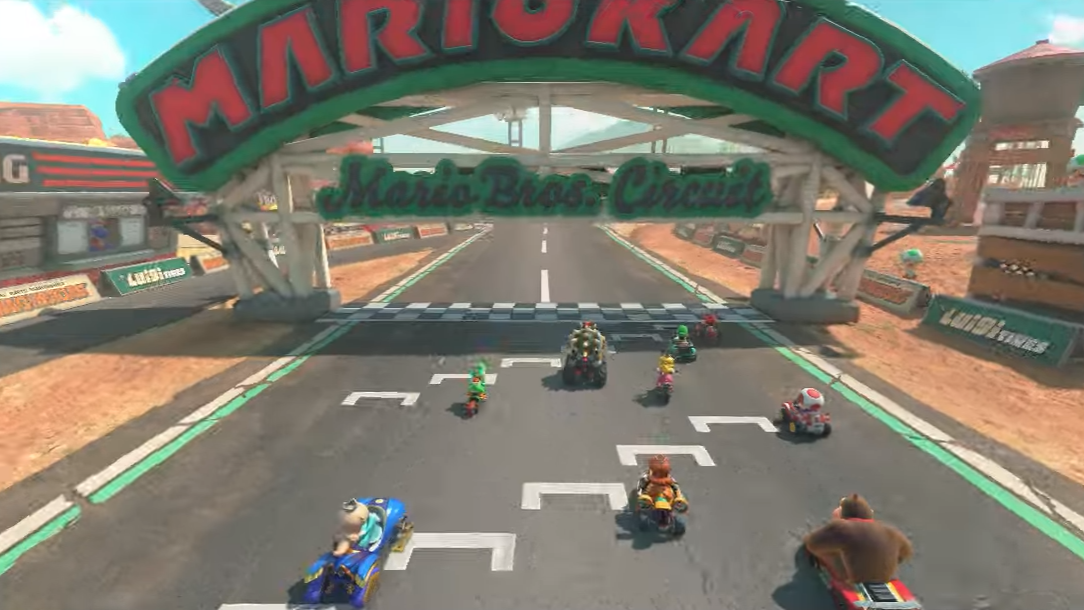 25 Images
25 Images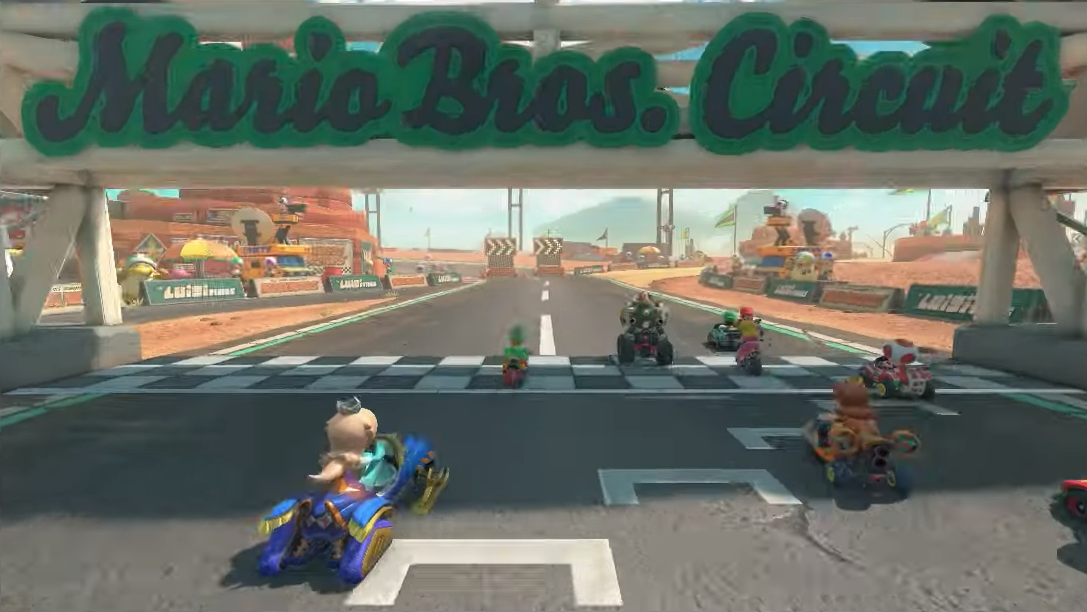
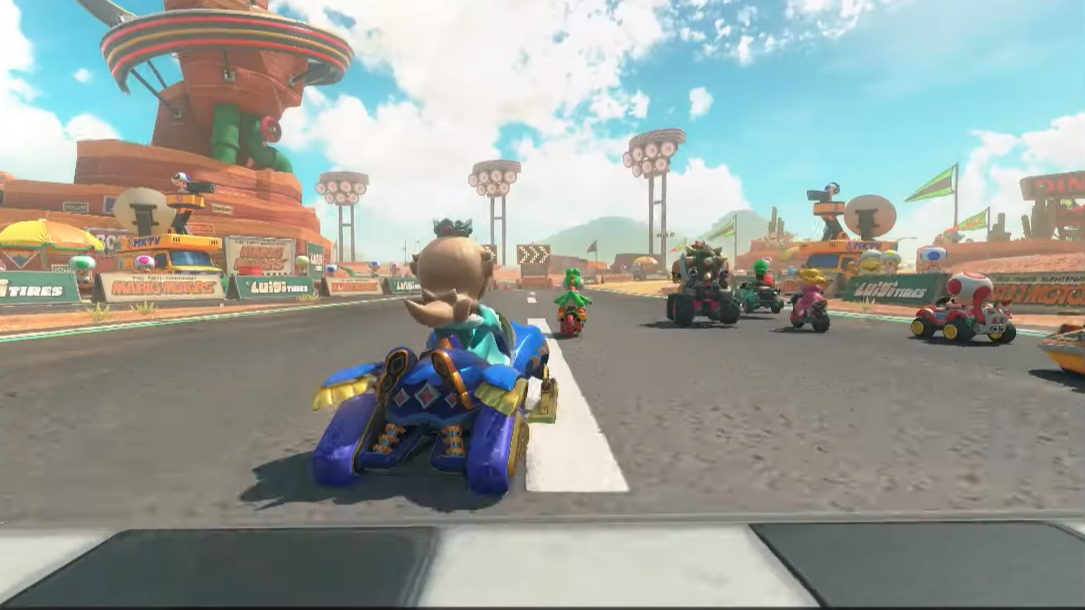
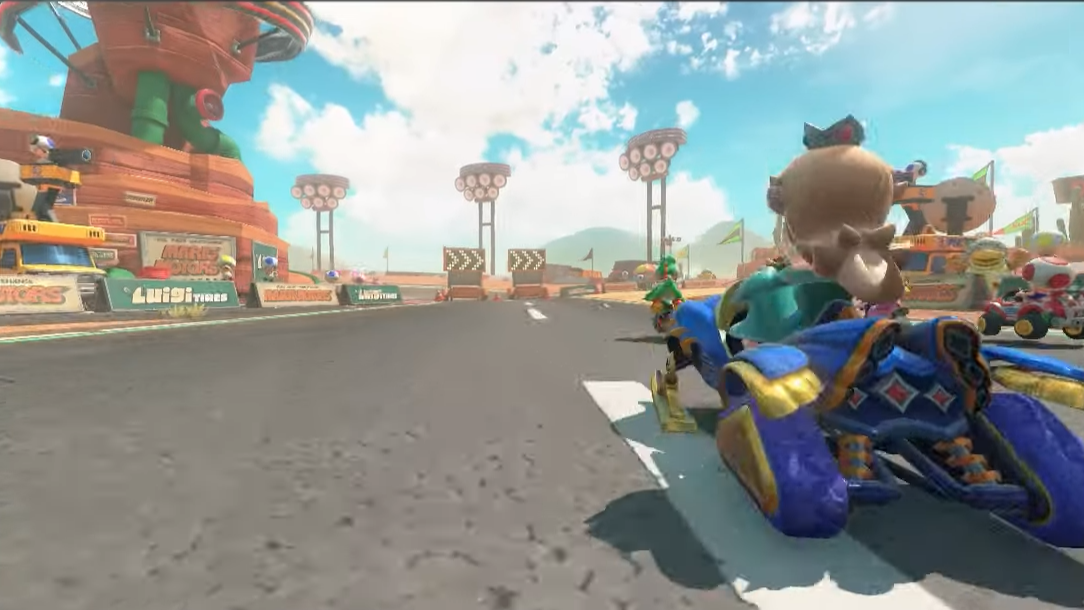
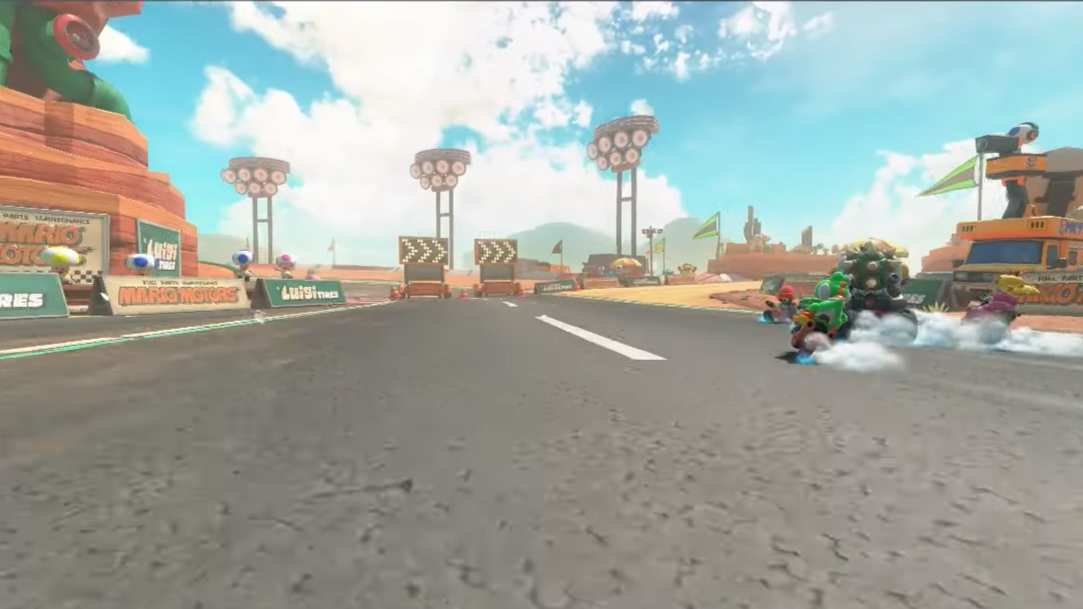
Dulay notes that the implementation of these shaders, along with additional material reflections seen in the footage, indicates a leap in hardware capabilities. A late 2023 report by Digital Foundry suggests that the Switch 2 is powered by the Nvidia T239 ARM mobile chip, boasting 1536 CUDA Cores, a stark contrast to the original Switch's Tegra X1 with only 256 CUDA cores. This represents a 500% increase in CUDA core count, highlighting a significant boost in processing power.
Moreover, Dulay highlights the use of high-resolution ground textures in the Mario Kart 9 footage, which requires ample RAM. Rumors suggest the Switch 2 could come equipped with 12GB of RAM, a substantial upgrade from the original's 4GB. Leaks of the Switch 2's motherboard show SK Hynix LPDDR5 modules, potentially offering speeds up to 7500MHz, a vast improvement over the original Switch's 1600MHz RAM speed. This increase in both RAM capacity and speed could significantly enhance texture loading and overall game performance.
Another notable feature in the Mario Kart teaser is "true volumetric lighting," a demanding effect that indicates the Switch 2's GPU capabilities. Dulay emphasizes that achieving 60 frames per second with such effects suggests a powerful console. He also points out the presence of shadows at greater distances, a feature that was challenging on the original Switch due to its limited processing power.
Dulay's analysis further extends to the onscreen textures, high poly-count characters, and real-time cloth physics visible in the footage, all of which underscore the Switch 2's potential as a leap forward in gaming hardware. As we await further details from Nintendo's upcoming Direct in April, Dulay's insights provide a tantalizing glimpse into what gamers can expect from the Switch 2. For more coverage on the Switch 2, keep an eye on IGN.









